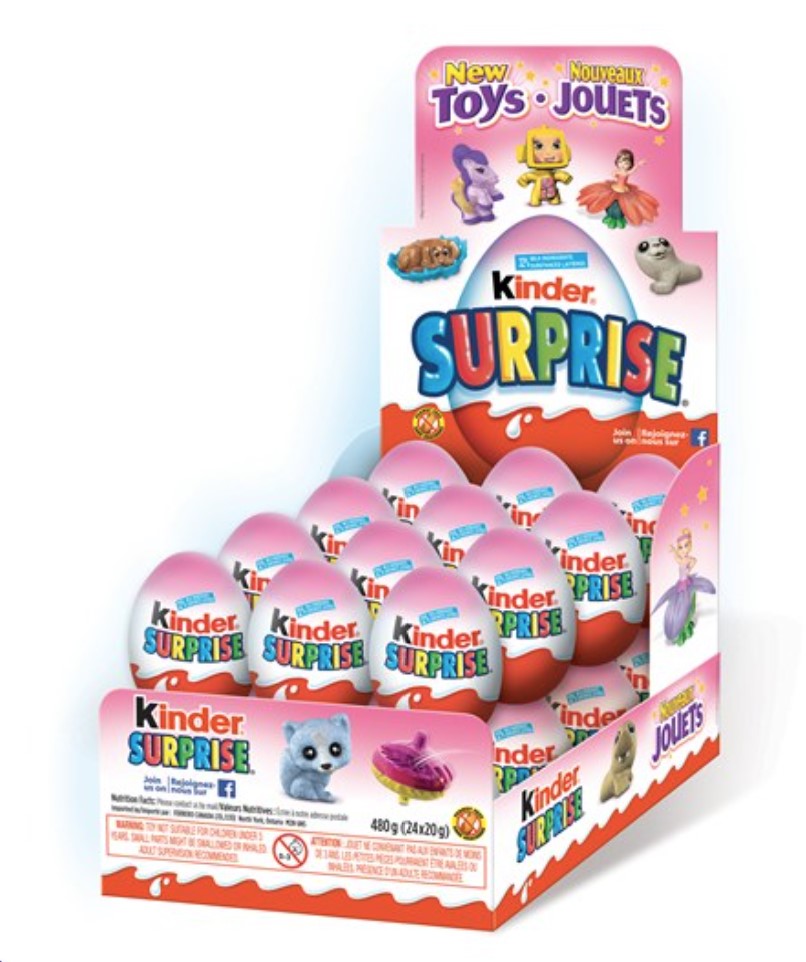UWindsor Lance
Issue 34, Volume 85
March 13, 2013
Jon Liedtke
As Kinder Surprise are illegal in the United States (the USA federal government believes Kinder Surprise are apt for drug smuggling), the decision to market a sister product to girls undoubtedly occurred in their North York, Ont. boardroom.
I can just see it now. Advertising executives pitched the idea that Ferrero Canada, who manufactures Kinder Surprise, could potentially reel in vast amounts of untapped revenue by targeting a new demographic specifically: young girls.
Surely, through the use of a slick presentation, buzz words, and graphs, charts and expert opinion, executives and sales managers were convinced that this was an idea worth studying and implementing.
But did they stop to think how absurd the idea was on face value?
I grew up with Kinder Surprise and the fun toy which was inside. I never thought that the product was intended for boys or girls, children or adults.
But then again, I’m not an advertising or sales manager, and wasn’t seeing the vast untapped amount of profit and additional revenue streams.
Rather than simply having generic toys, Kinder Surprise could include dolls, pink bracelets and a whole other slew of products marketed solely to girls.
We’re living in a world that continues to promote gender roles.
Kinder Surprise can now be added to the ever growing list of products being marketed to specific genders, but which have nothing to do with specific genders; BIC for her pens, and Lego Friends (dolls) come to mind.
It’s well known that marketing has prescribed pink for girls and blue for boys. It’s so ingrained in society that at birth girls are given pink hats in hospitals, whereas boys receive blue hats.
I was taken aback, however, not at all surprised to see the commercial marketing Kinder Surprise for young girls.
As long as parents and consumers in general continue to purchase products which have been assigned to specific genders, the practice won’t end but will intensify.
If you’re fine with purchasing products targeted to specific genders, that’s fine. Just remember to question why something is being targeted towards one particular sex. Is it because the product is designed or intended for one gender (condoms, tam-
pons, etc.), or is it because an advertising executive is simply attempting to capitalize on your purchases?
Kinder Surprise for Girls?
Issue 34, Volume 85
March 13, 2013
Jon Liedtke
Page 2
Jon Liedtke was the Features and Opinions Editor, Associate News Editor, Advertising Manager and Deficit Consultant at the UWindsor Lance.




Leave a Reply